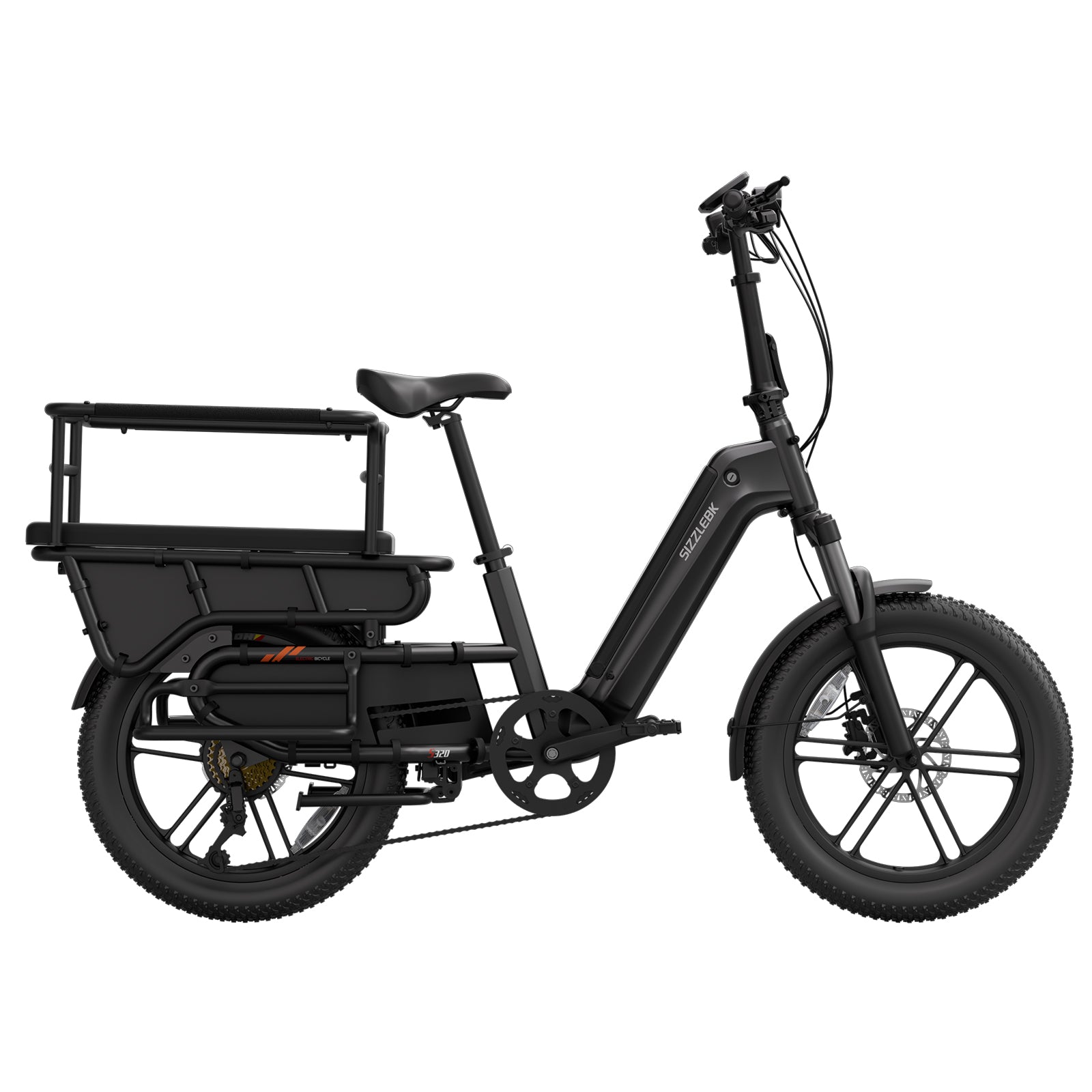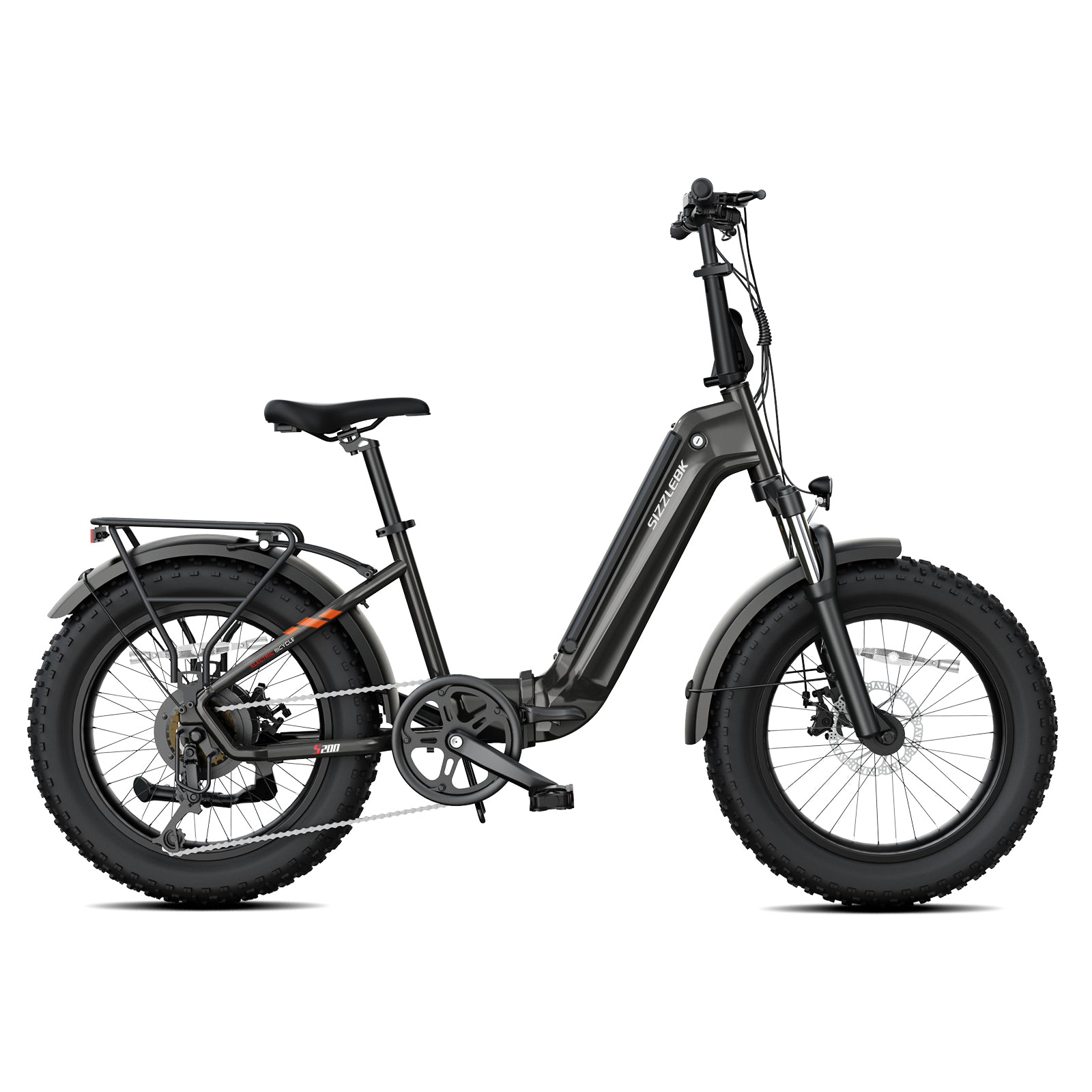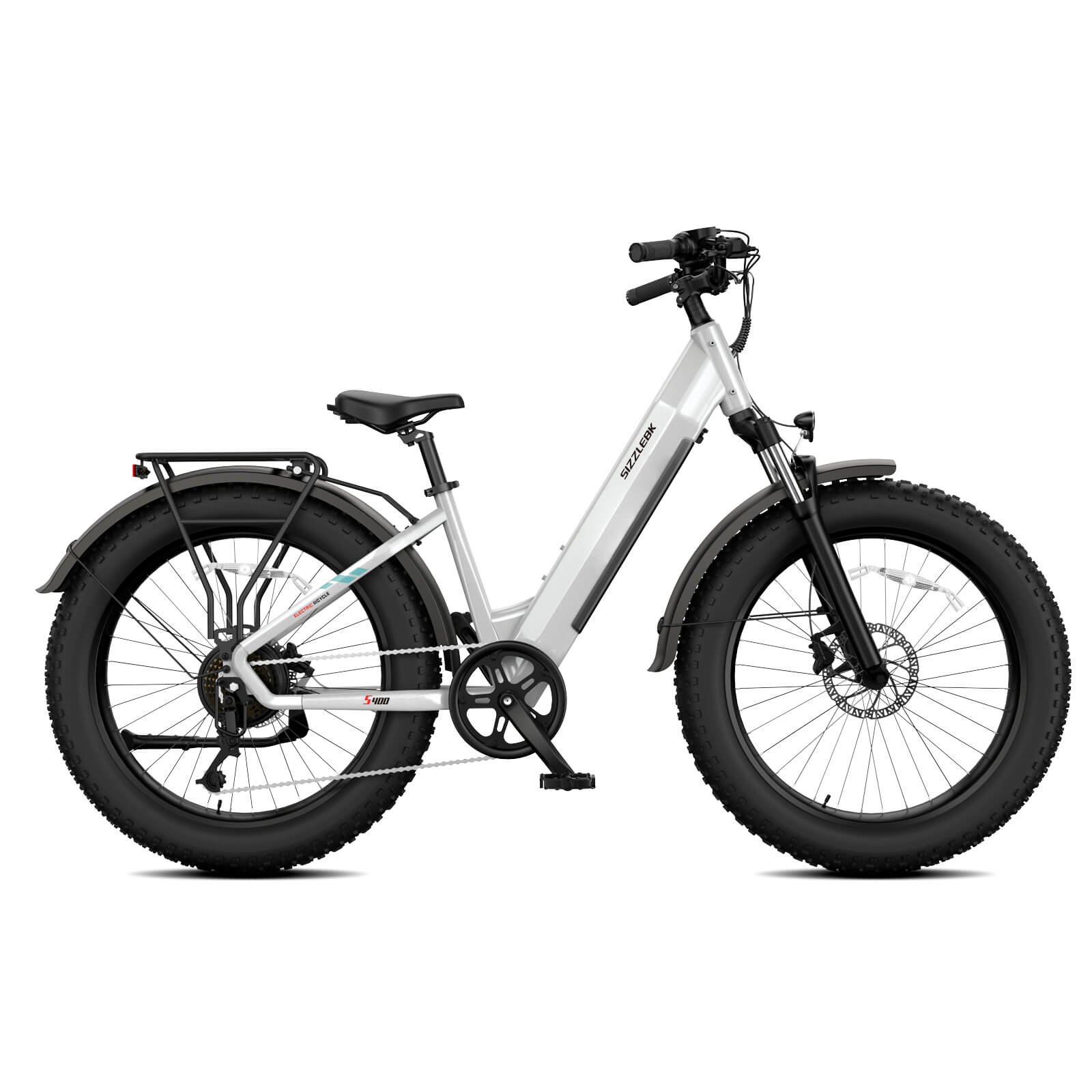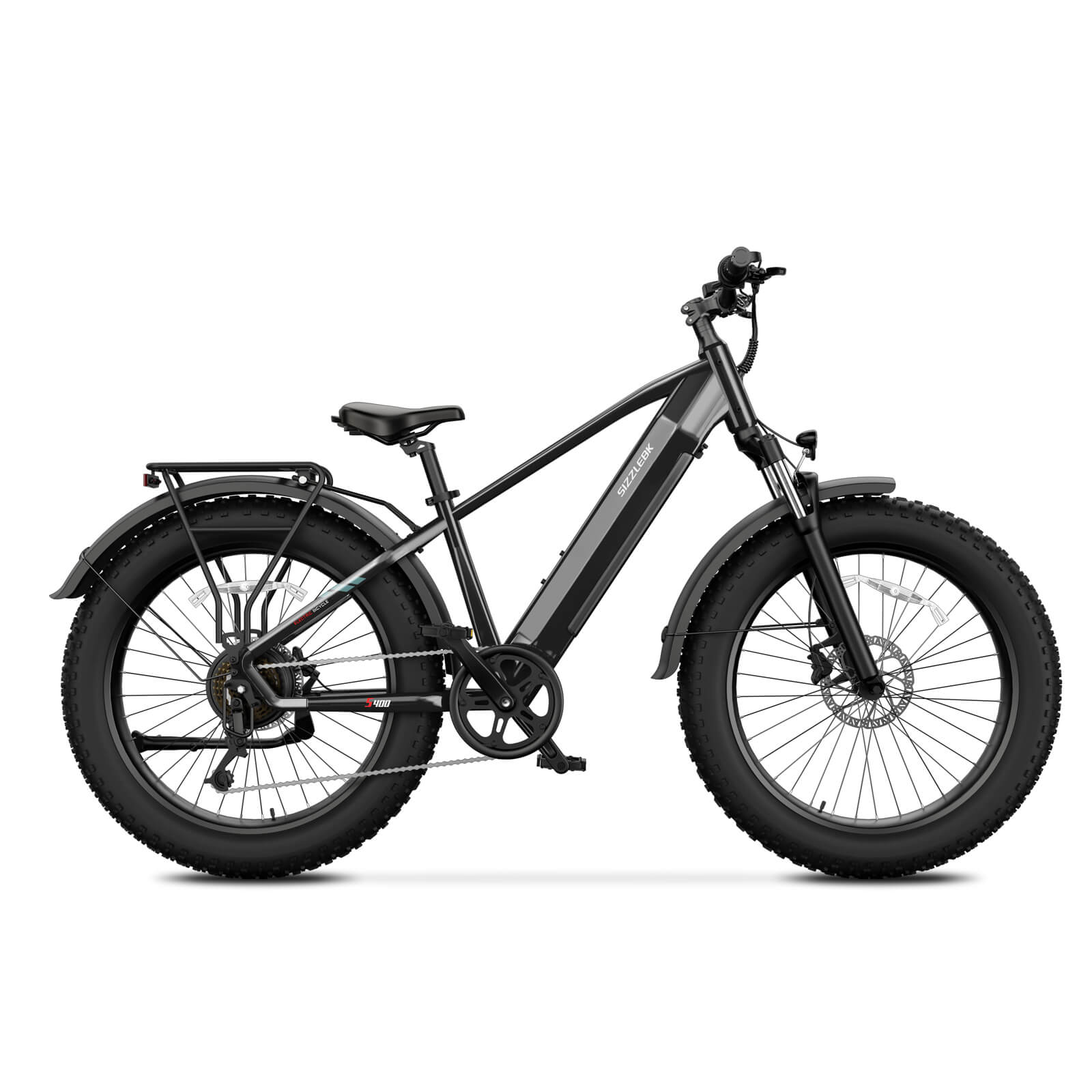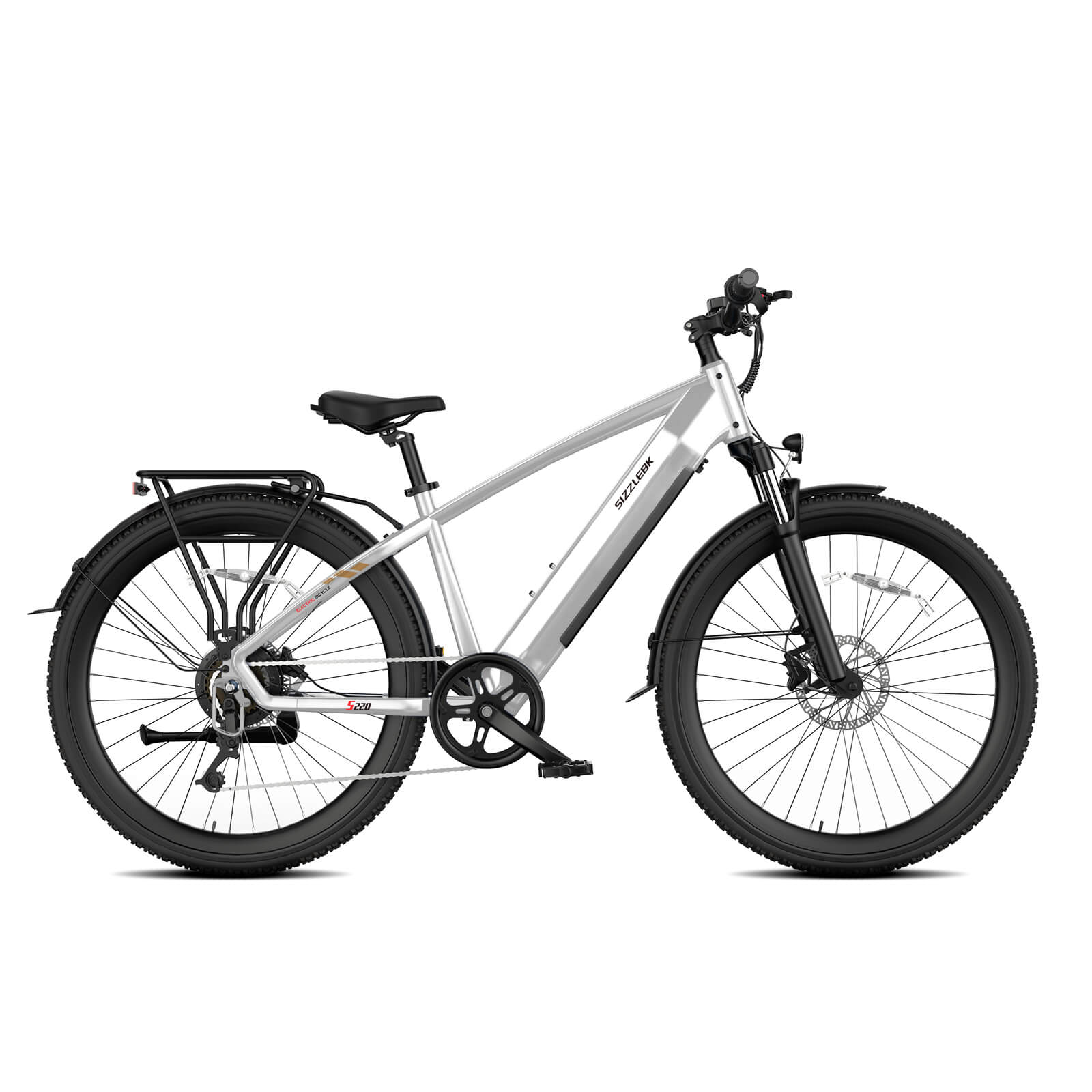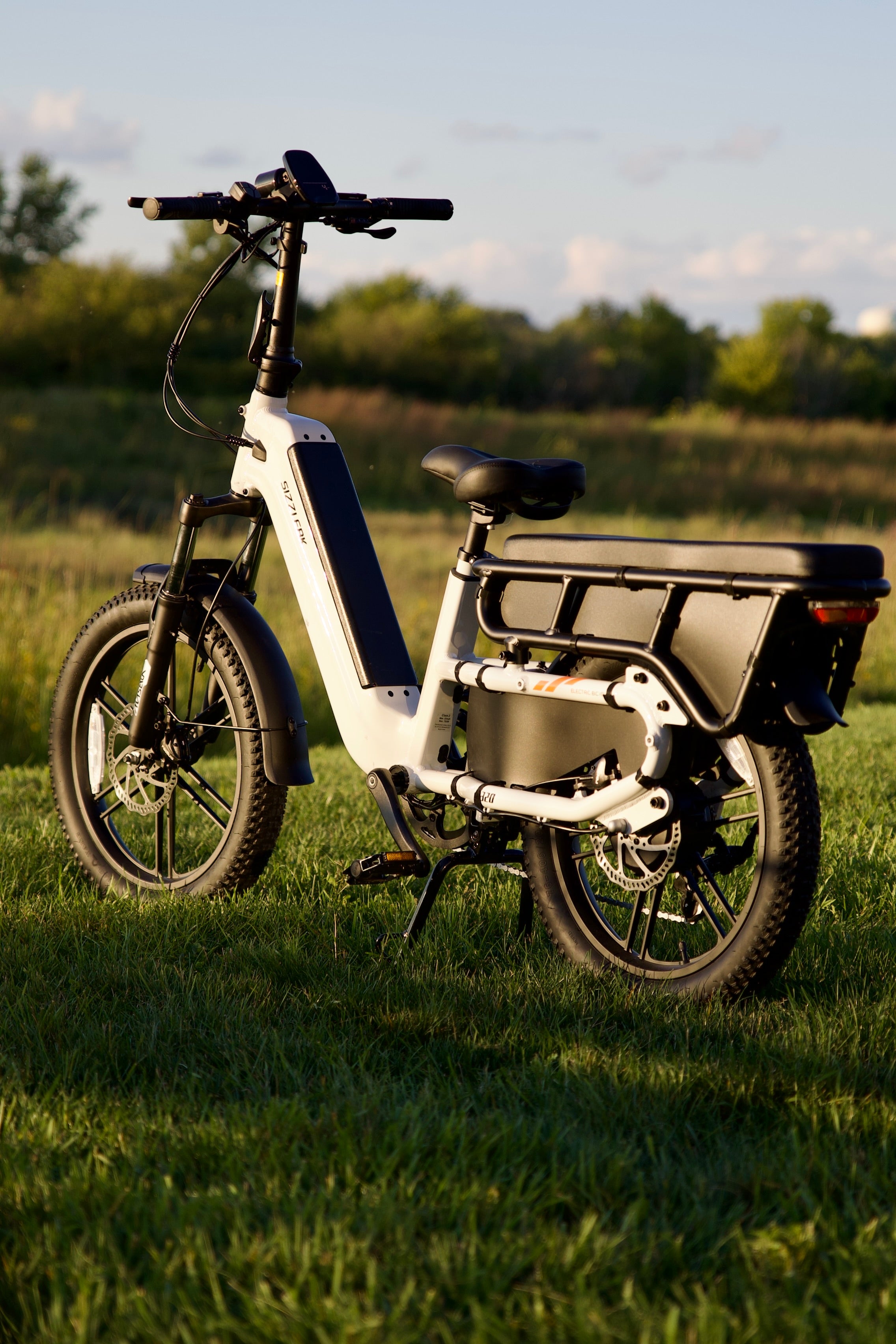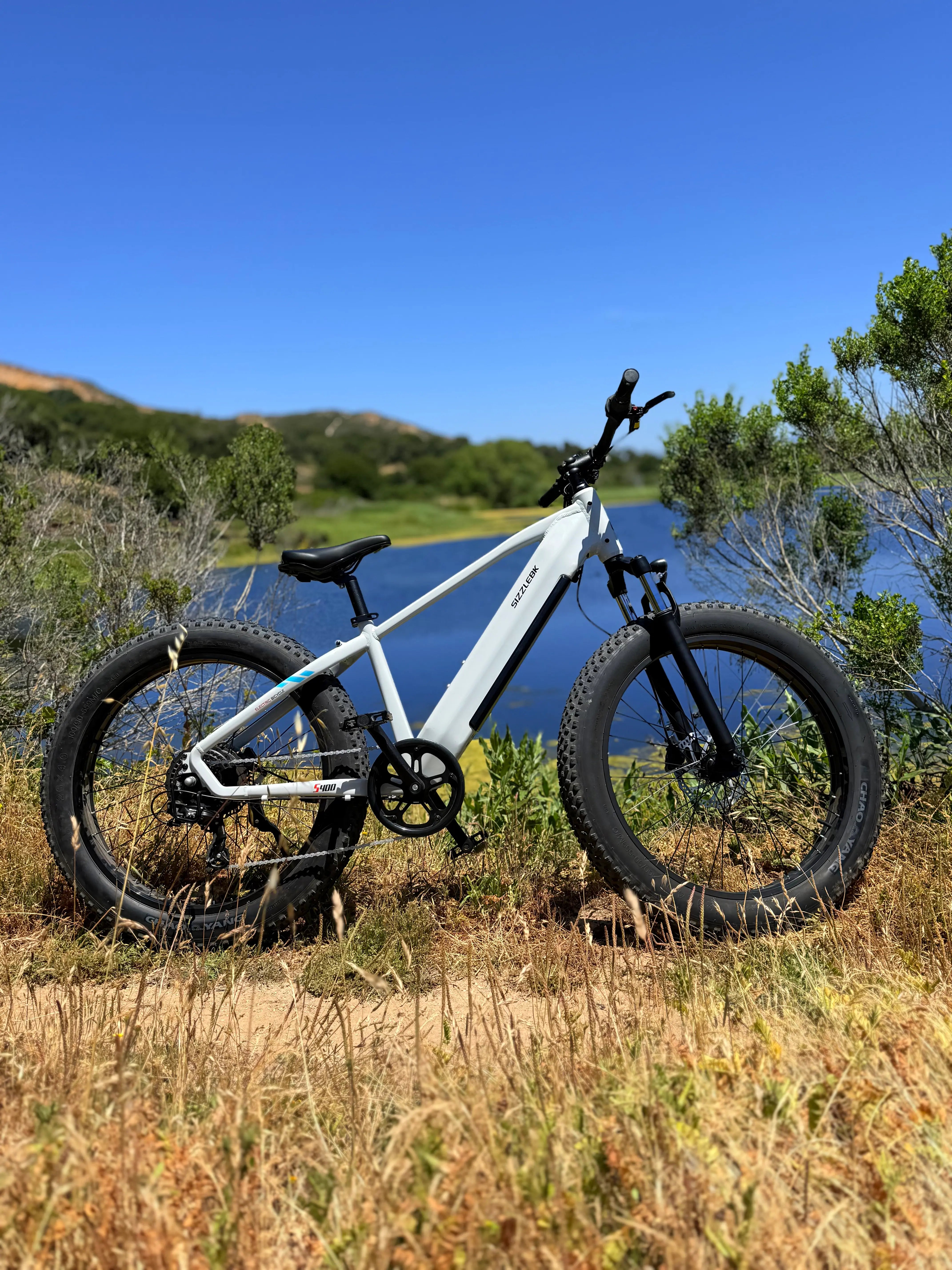Electric bikes, commonly known as eBikes, have surged in popularity as a modern mode of transportation for various reasons. They offer an eco-friendly alternative to traditional vehicles, significantly reducing carbon emissions and aiding in the fight against climate change. Additionally, they are cost effective, providing a budget-friendly commuting option by cutting down on fuel expenses and reducing wear and tear associated with conventional bicycles. eBikes also offer a fantastic way to travel without the physical strain, making longer distances accessible and more comfortable. However, one of the most frequently asked questions by eBike enthusiasts is: "How long does an eBike battery last?" In this article, we will explore the factors that affect eBike battery life, ways to extend its lifespan, and what you can do to ensure your eBike battery serves you well for years to come.
Understanding eBike Battery Life
What Determines eBike Battery Lifespan?
The lifespan of an eBike battery is influenced by a variety of factors, each playing a crucial role in determining how long your battery will serve you. The type of battery used is a primary determinant; most eBikes are equipped with lithium-ion batteries, which are favored for their high energy density and remarkable longevity. These batteries typically offer between 500 to 1,000 charge cycles, translating into several years of use depending on your riding habits. A charge cycle is defined as using 100% of the battery's capacity, whether it is used all at once or through partial discharges, emphasizing the importance of regular but partial recharging.
Understanding these cycles can help users manage battery life better. For instance, if you deplete 50% of your battery in one ride and recharge it fully, that counts as half a cycle. By spreading the use of a full cycle over two or more sessions, riders can maximize the utility of their eBike battery. Furthermore, the chemistry of lithium-ion batteries allows them to maintain efficiency over many cycles, but this is also contingent upon factors such as usage patterns and maintenance practices, both of which will be discussed further.
Factors Affecting eBike Battery Life
- Battery Type: The type of battery plays a significant role in determining its lifespan. Lithium-ion batteries are the most common due to their longevity and efficiency, making them ideal for eBikes. In contrast, older battery types like lead-acid or nickel-metal hydride have a shorter lifespan and are less commonly used in modern eBikes due to their heavier weight and reduced charge efficiency. As technology advances, new battery types are being developed, promising even longer life spans and better performance.
- Usage Patterns: Your usage patterns, including how often and how far you ride, can greatly impact battery life. Frequent, long-distance rides can drain the battery more quickly, especially if you often use high-power modes. Conversely, regular short commutes in eco mode can extend the battery's life by minimizing the strain on it. Understanding your riding patterns can help you optimize battery usage and ensure you get the most out of each charge.
- Riding Conditions: The environment in which you ride also affects battery longevity. Riding on hilly terrain requires more power and can strain the battery more than riding on flat surfaces. Additionally, extreme temperatures—both hot and cold—can negatively impact battery performance and lifespan. Cold temperatures can reduce a battery's efficiency and capacity, while excessive heat can lead to faster degradation.
- Maintenance Practices: Proper care and maintenance are crucial for extending an eBike battery's lifespan. This includes regular charging habits, keeping the battery clean and dry, and ensuring proper storage conditions. Neglecting these practices can lead to a decrease in battery performance over time, highlighting the importance of being proactive in maintaining your eBike battery.
How to Extend Your eBike Battery Life
Charge Wisely
- Avoid Full Discharges: Allowing the battery to completely discharge before recharging can shorten its lifespan. Lithium-ion batteries are designed to perform best when they are kept between 20% and 80% charge. Maintaining this charge range can help prolong battery life and ensure consistent performance over time.
- Regular Charging: If you frequently use your eBike, regular charging is essential for maintaining battery health. Avoid leaving the battery on the charger for extended periods once it is fully charged, as overcharging can lead to unnecessary stress on the battery. Implementing a routine charging schedule can help optimize battery life.
Store Properly
- Cool and Dry Place: Proper storage conditions are vital for preserving battery health. Store your eBike battery in a cool, dry place to prevent exposure to extreme temperatures, which can degrade the battery over time. Avoiding humidity and direct sunlight will help maintain the battery's condition when not in use.
- Partial Charge for Long Storage: If you plan to store your eBike for an extended period, ensure the battery is kept at around 50% charge. Periodically check and recharge the battery to maintain this level, as a fully depleted battery can be damaging over long storage periods.
Riding Habits
- Use Eco Modes: Whenever possible, opt for lower power modes or eco modes to conserve battery life. These modes reduce the power output, thus extending the range and lifespan of the battery. Making conscious choices about power settings can significantly impact your eBike's efficiency.
- Pedal Assistance: Utilize pedal assistance rather than relying solely on the throttle to reduce battery consumption. This practice not only extends battery life but also provides a beneficial workout, improving your overall fitness and reducing wear on the battery.
Regular Maintenance
- Keep It Clean: Regularly cleaning the battery contacts and ensuring they are free of dirt and debris is essential for maintaining a good connection and efficient power transfer. A clean battery is less prone to issues and ensures consistent performance.
- Check for Firmware Updates: Some modern eBikes come equipped with software that can be updated to improve battery management and performance. Regularly check with the manufacturer for any available firmware updates, which can enhance your eBike's functionality and efficiency.
Signs Your eBike Battery Needs Replacement
Even with the best care, eBike batteries will eventually need to be replaced. Here are some signs that your battery may be nearing the end of its life:
- Reduced Range: If your eBike doesn't travel as far on a full charge as it used to, it may be time for a new battery. A noticeable drop in range is often one of the first signs of battery degradation, indicating that the battery can no longer hold its maximum charge.
- Longer Charging Times: A battery that takes significantly longer to charge or doesn't hold a charge well suggests aging. If you find yourself charging more frequently or for longer durations, it could be a sign that the battery's capacity is deteriorating.
- Physical Damage: Visible signs of damage, such as swelling or leaks, indicate that the battery needs to be replaced immediately for safety reasons. Physical damage can pose a safety risk and further degrade battery performance, necessitating prompt attention.
Conclusion
eBike batteries are a critical component of your electric bike experience, directly affecting the performance and longevity of your rides. Understanding how long an eBike battery lasts and how to extend its lifespan can help you get the most out of your investment. By following the tips outlined in this article-such as charging wisely, storing properly, and maintaining good riding habits—you can ensure that your eBike battery remains in excellent condition for years to come. Keep an eye out for signs of battery wear, and don't hesitate to replace the battery when necessary to continue enjoying smooth and efficient rides. Your proactive approach to battery care will not only enhance your eBike experience but also contribute to a more sustainable and enjoyable mode of transportation.
1. How long does an eBike battery last on a full charge?
On a full charge, most eBike batteries provide a range of 20 to 70 miles, depending on factors like battery size (measured in Wh), terrain, rider weight, and level of motor assistance used.
2. How much does an eBike battery cost to replace?
Replacing an eBike battery typically costs between $300 and $800, depending on the brand, voltage, and capacity. Premium or long-range batteries may cost $900 or more.
3. How far can an electric bike go on one charge?
Electric bikes usually travel 25 to 60 miles per charge. High-capacity batteries combined with eco riding modes can push the range beyond 80 miles in ideal conditions.
4. How often do eBike batteries need to be replaced?
Most eBike batteries last 3 to 5 years or around 500 to 1,000 charge cycles. With proper care—like avoiding deep discharges—they can often last even longer.
5. Should you charge an eBike after every ride?
Yes, it’s generally recommended to charge your eBike after each ride, especially if the battery drops below 50%. Regular charging helps prolong battery life, but avoid overcharging for extended periods.
